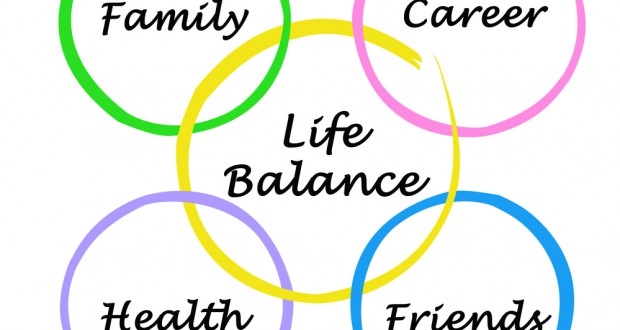Gone is the notion of balance. Increasingly, professionals are comfortable blurring the line between work and home.
In a corner of West Philadelphia, the cranes have been busy. The project? A few hundred luxury apartments aimed at professionals working at the nearby University City Science Center.
Read our previous blog => 5 Rules You Must Follow to Get Ahead in Your Career
Increasingly, notes Stephen Tang, president and CEO of this incubator and research park, the professionals running these start-ups want to work and live in the same space. They think little of a work-out at noon and a conference call at 9 p.m.
“I think it’s just life,” Tang says. If people enjoy what they do, there’s no need to draw strict lines.
He’s not the only one thinking this way. Increasingly, people are rejecting the notion of “work/life balance” in favor of another metaphor: “Work/life integration.” Thanks to smart phones and remote work, moving work around on dimensions of time and space is not only possible, but it’s become the norm.
Read this blog => 10 Jobs for People Who Love Inspiring Others
That’s what I found when I recently completed a time diary study of 1001 days in the lives of high-earning women and their families. A full 75 percent of time logs showed something personal during traditional work hours: exercise, school visits. On the flip-side, 77 percent showed work outside the workday norm. Women took calls after their kids went to bed. They wrote reports on weekends.
Eileen Hiromura is a product manager at Google in California. On the Friday of the week she logged for me, her two young kids visited her for lunch. She came into work at 10:30 a.m. on Wednesday because she took her kids to the dentist. But she still logged full-time hours. She checked email at night and had this odd habit: waking up at 3 a.m. some nights and working for 90 minutes before going back to sleep. She wasn’t sleep deprived (she logged a perfect 56 hours — 8 hours per day — during her diary week). She just liked that quiet time.
While people don’t necessarily want to be on calls at 10 p.m., many parents are willing to make that trade to come home for family dinner. Indeed, the ability to integrate work and life is what allows some people to stay in the work force. Kristin Thomas has four young children, and works 30-35 hours per week as the director of employer outreach for FlexJobs, a job service specializing in flexible and telecommuting positions. Thomas works from home during the hours that work for her. Without that flexibility, “I wouldn’t be working,” she says.
Since her job involves talking with employers pondering work/life integration, Thomas sees that “People are asking for it,” she says. In a conversation with a financial firm, she learned that “They were shocked during MBA interviews — people were bold enough to ask about the flexibility offered in the position.”
Read this blog => 7 Ways To Pump Up Your Resume
But why not? For many people, the ability to integrate work and life is like asking if a major firm offers health insurance. You assume so, but just want to check that box before the conversation continues.
To be sure, while “work/life integration is the reality,” says Cali Yost, founder and CEO of the Flex + Strategy Group, this doesn’t mean that employers have coherent plans to deal with it. “All of this integration is very much happening by the seat of our pants.”
Her company did a survey of full-time workers and found that while 97 percent had some sort of flexibility, only about 40 percent got any sort of guidance from their employers on how to use that well. The result: people don’t know where to set boundaries.
Yost recommends keeping one calendar with personal and work commitments (employees can be trained on how to keep personal entries private). She also recommends that employees learn to ask what the good life would look like for them. “It’s important for teams to be able to coordinate their work/life goals together,” she says.
If one person values a volunteering commitment on Monday evenings, another team member covers emergencies that night, and then maybe takes a lunchtime yoga class the next day. When that happens, work-life integration ensures that “you are being your best. You’re getting your job done well, and you are at your personal best,” Yost says, even if everything blends together.
This post originally appeared on author Laura Vanderkam page.





